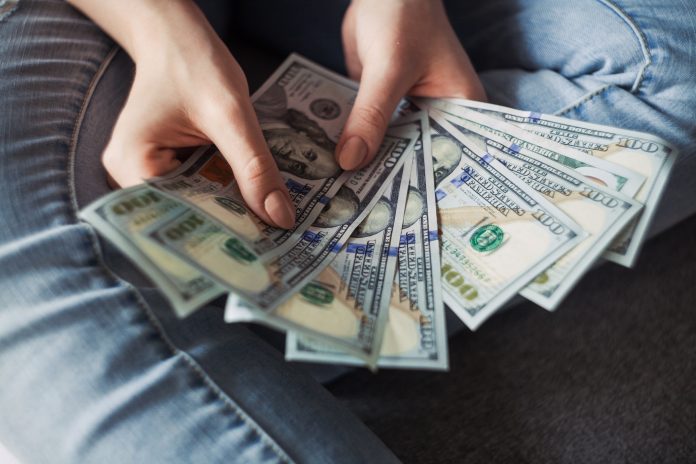The Pennsylvania Department of Labor & Industry announced that the department is taking steps to correct overcharges for some Unemployment Compensation fault overpayments during the years 2006-16.
Fault overpayments occur when an individual intentionally withholds or provides incorrect information about a claim and receives UC benefits for which they are not eligible. Individuals are required to repay a fault overpayment, as well as interest, on any fault overpayment principal not paid within 15 days after the Notice of Overpayment determination is issued by UC.
Claimants and employers were charged the same rate of interest until a law change occurred in 2005. After that, the rate charged against employers was no longer the same as the rate charged against claimants. The interest rate for employers continued to be applied to the fault overpayments for claimants through 2016, when the error was discovered. L&I took immediate steps to correct the interest rate for 2017 overpayments, and ensure the interest rate charged on fault overpayments from 2017 until the present is the correct rate.
L&I staff attempted to identify, calculate and return overcharged interest, but first needed to develop a method to calculate the overcharges over the relevant period of time for each affected claimant and to issue the refunds due to this unprecedented circumstance. As reprogramming of the unemployment system was being completed to issue the refunds, the COVID-19 global pandemic began, and staff had to be redirected to assist with the unemployment crisis.
The recent launch of the new UC system has allowed L&I staff to resume working on the refund project. Individuals who still owe an overpayment will not receive a refund, but rather will have the interest from the range of affected years on their owed amount reduced until the amount owed is correct. L&I staff will also be contacting individuals who have repaid their fault overpayment and may be due a refund of overpaid interest.
Approximately 250,000 individuals with fault overpayments were affected by the interest overcharge. Of the approximately $14 million in refunds, 80 percent of individuals are owed less than $50, and 65 percent of the individuals are owed less than $5. Individuals with non-fault overpayments are not charged interest and therefore are not affected by the overcharge.


